On October 11, in Hong Ngu City (Dong Thap Province), the Ministry of Agriculture and Rural Development coordinated with the People's Committee of Dong Thap Province to organize a conference on "Discussion of solutions for developing pangasius breeds to cope with climate change and international trade barriers".
Pangasius breeding process depends on foreign countries
According to Mr. Tran Dinh Luan - Director of the Department of Fisheries, as of September 15, the area of pangasius farming in the reporting period is estimated at 4,241 hectares (equal to 98% compared to the same period in 2023). Pangasius output is estimated at 1,241,000 tons (equal to 103% compared to the same period in 2023).
The price of grade 1 raw pangasius fish fluctuates between: 27,000-28,000 VND/kg, an increase of about 500-1000 VND/kg compared to the same period in August 2024 and about 500 VND/kg higher than the same period in 2023. The price of 30-piece/kg fingerlings is 26,000 VND/kg, an increase of about 4,000-5,000 VND/kg compared to the same period in August 2024 and about 5,000 VND/kg lower than the same period in 2023.
Pangasius export turnover in the first 9 months of the year reached 1.5 billion USD, up 9% over the same period in 2023. Pangasius exports to major markets including China & Hong Kong decreased by 2%, the US increased by 23%, the EU decreased by 1%, CPTPP increased by 13%, Brazil increased by 28%.
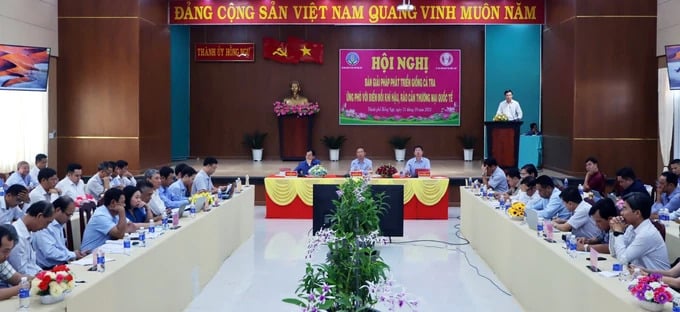
On October 11, in Hong Ngu City (Dong Thap Province), the Ministry of Agriculture and Rural Development coordinated with the People's Committee of Dong Thap Province to organize a conference on "Discussion of solutions for developing pangasius breeds to cope with climate change and international trade barriers".
Currently, the country has 1,920 facilities producing and raising pangasius breeds, including 2 facilities producing and raising parent breeds; 76 facilities producing commercial breeds; 1,842 facilities raising pangasius breeds (from fry to fingerlings).
Regarding the certification of disease-free facilities, 32 facilities have been granted disease-free certificates. However, no facilities producing and raising pangasius fry have registered, implemented and been granted certificates.
Vice Chairman of Dong Thap Provincial People's Committee Huynh Minh Tuan said that Dong Thap is the country's leader in pangasius export output. Currently, the province has about 52 pangasius fry breeding facilities with about 150,000 parent fish, supplying about 18 billion pangasius fry to the market annually; 850 pangasius fry breeding facilities with an area of about 800 hectares, annually supplying about 1.3 billion pangasius fry; in the first 9 months of 2024, the province produced 11.8 billion pangasius fry and 931 million pangasius fry.
According to Mr. Tuan, in 2023, the total harvested output of commercial pangasius will reach 525,000 tons, the export turnover will reach 629 million USD and it is estimated that in the first 9 months of 2024, the harvested output will be 485,755 tons, reaching 89.9% of the annual plan. It is estimated that by the end of the year, the pangasius farming area will be 2,630 hectares with a pangasius output of 540,000 tons.
A representative of Soc Trang province stated that the current situation is that establishments producing and trading in aquatic feed and veterinary medicine still depend on imported raw materials, so the selling price to farmers always fluctuates, increasing the cost of producing raw pangasius fish.

Mr. Huynh Minh Tuan, Vice Chairman of Dong Thap Provincial People's Committee, said that Dong Thap is the leading province in the country in terms of pangasius export output. Currently, the province has about 52 pangasius fry breeding facilities with about 150,000 parent fish, and an annual supply of about 18 billion pangasius fry to the market.
According to the representative of Viet Uc Group, the key link to creating sustainability in the pangasius seed production industry must first have stability in this production chain, which is the source of parent fish. After many years of development, the pangasius industry is facing a shortage of quality parent fish, with good growth and development characteristics and clear origin.
For the breeding process of pangasius, the dependence on foreign sources of reproductive hormones is also a factor affecting domestic sources of breeding fish. During the Covid-19 period, the strict lockdown in China affected the supply from this market, including the source of reproductive hormones for pangasius, causing short-term shortages. The consequence of this is the state of limited or "frozen" operations of fish breeding facilities across the country.
In addition, the inability to maintain the planned breeding cycle can also create other risks for pangasius broodstock breeding programs. Therefore, diversifying supply sources, finding other effective alternative input sources, or researching and producing similar hormones domestically to reduce dependence on foreign sources should receive more attention in the coming time.
Strictly manage pangasius breeding facilities
Pointing out four limitations of the pangasius industry, Deputy Minister of Agriculture and Rural Development Phung Duc Tien said that the average survival rate is very low in both the fry and fingerling stages, even when there is a good supply of parent fish, favorable reproduction and an abundant source of hatched fry. The main cause may be the decline in water quality, climate change leading to negative changes in basic production conditions and this situation has shown signs of becoming more serious in recent years.
Disease problems in the rearing stage from fingerlings to fingerlings: The traditional rearing process (low density) requires large ponds with large areas and depths and a high demand for water. In order to ensure production profits, the water treatment technologies currently applied (if any) are still quite rudimentary, mainly sedimentation, mechanical filtration and ignoring other treatment measures (chemical, biological, etc.). Therefore, the ability to prevent diseases during the entire fingerling production process is almost impossible.

Deputy Minister of Agriculture and Rural Development Phung Duc Tien pointed out four limitations of the pangasius industry, one of which is the disease problem in the rearing stage from fingerlings to fingerlings.
The problem of quality loss during the transportation of fingerlings from the hatchery's nursery pond to the farm's rearing pond: The current transportation method requires the fish to be herded into a small area (netting) and then lifted out of the water for a considerable period of time for tasks such as weighing and transporting by truck to the dugout canoe. These steps are also repeated when transporting fingerlings from the dugout canoe at the destination (farm). Although there have been no official studies on the impact of this transportation method on the health of pangasius fingerlings, it is easy to see that many fingerlings are scratched due to collision and compression during this process, increasing the possibility of infection (especially tail rot disease...). In addition, moving by dugout canoe with the method of continuously circulating water between the holding tank and the outside water area also increases the risk of infection of fingerlings.
Resources for developing pangasius breeds are still limited, including infrastructure investment or breeding research programs, not to mention that annual funding for implementation is often slow (in 2023, funding for the Pangasius and Red Tilapia Breeding Development Project will be provided in July), leading to many difficulties in proactively researching and producing, significantly affecting product quality...
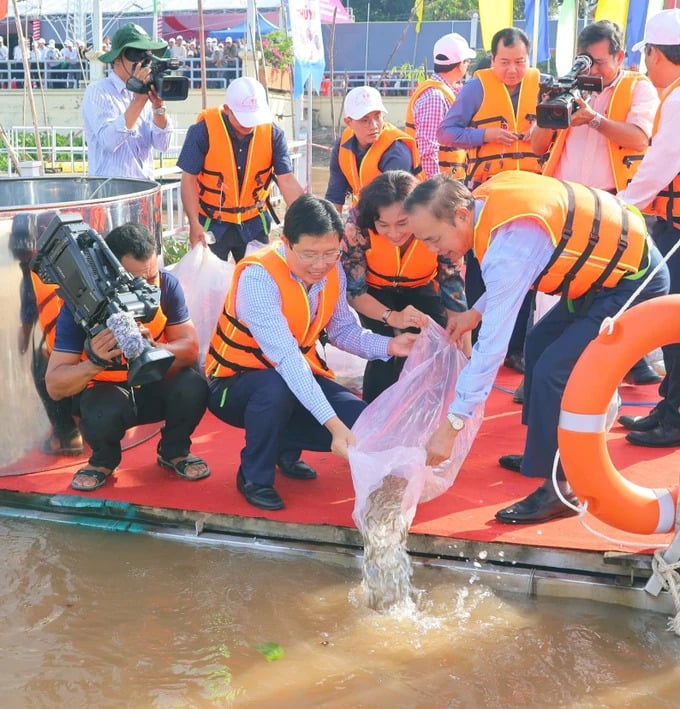
Deputy Minister of Agriculture and Rural Development Phung Duc Tien and delegates released fish to restore aquatic resources at the An Binh communal house embankment (An Thanh ward, Hong Ngu city).
In 2024, with the target of 2 billion USD in export turnover, pangasius output will reach 1.75 million tons. To develop the pangasius industry in a sustainable direction, Deputy Minister of Agriculture and Rural Development Phung Duc Tien said that it is necessary to invest in infrastructure in a systematic manner for fish breeding and commercial farming areas. Implement well the project of linking the production of high-quality pangasius fish at 3 levels in the Mekong Delta, synchronously and effectively to meet the demand for high-quality fish, stabilize the supply and demand for fish production, have a brand, traceability, and mobilize economic sectors to participate in the chain.
To achieve this, the Deputy Minister suggested that localities need to strictly manage pangasius breeding facilities; strengthen disease prevention in pangasius breeding stocks by increasing vaccination to reduce disease; and strengthen coordination between state management agencies and pangasius industry associations.
On the same morning, at the An Binh communal house embankment (An Thanh ward, Hong Ngu city), the Ministry of Agriculture and Rural Development coordinated with the People's Committee of Dong Thap province to organize the fish release ceremony to restore inter-provincial aquatic resources of Dong Thap - An Giang - Can Tho in 2024. Here, delegates and a large number of people participated in releasing about 200,000 fish fry of various types into the Tien River, including many rare native aquatic species back to nature.
Source: https://danviet.vn/xuat-khau-dat-hon-15-ty-usd-nhung-nganh-hang-ca-tra-van-ton-tai-4-han-che-can-khac-phuc-20241011160952987.htm


![[Photo] General Secretary To Lam receives Russian Ambassador to Vietnam](https://vstatic.vietnam.vn/vietnam/resource/IMAGE/2025/4/2/b486192404d54058b15165174ea36c4e)
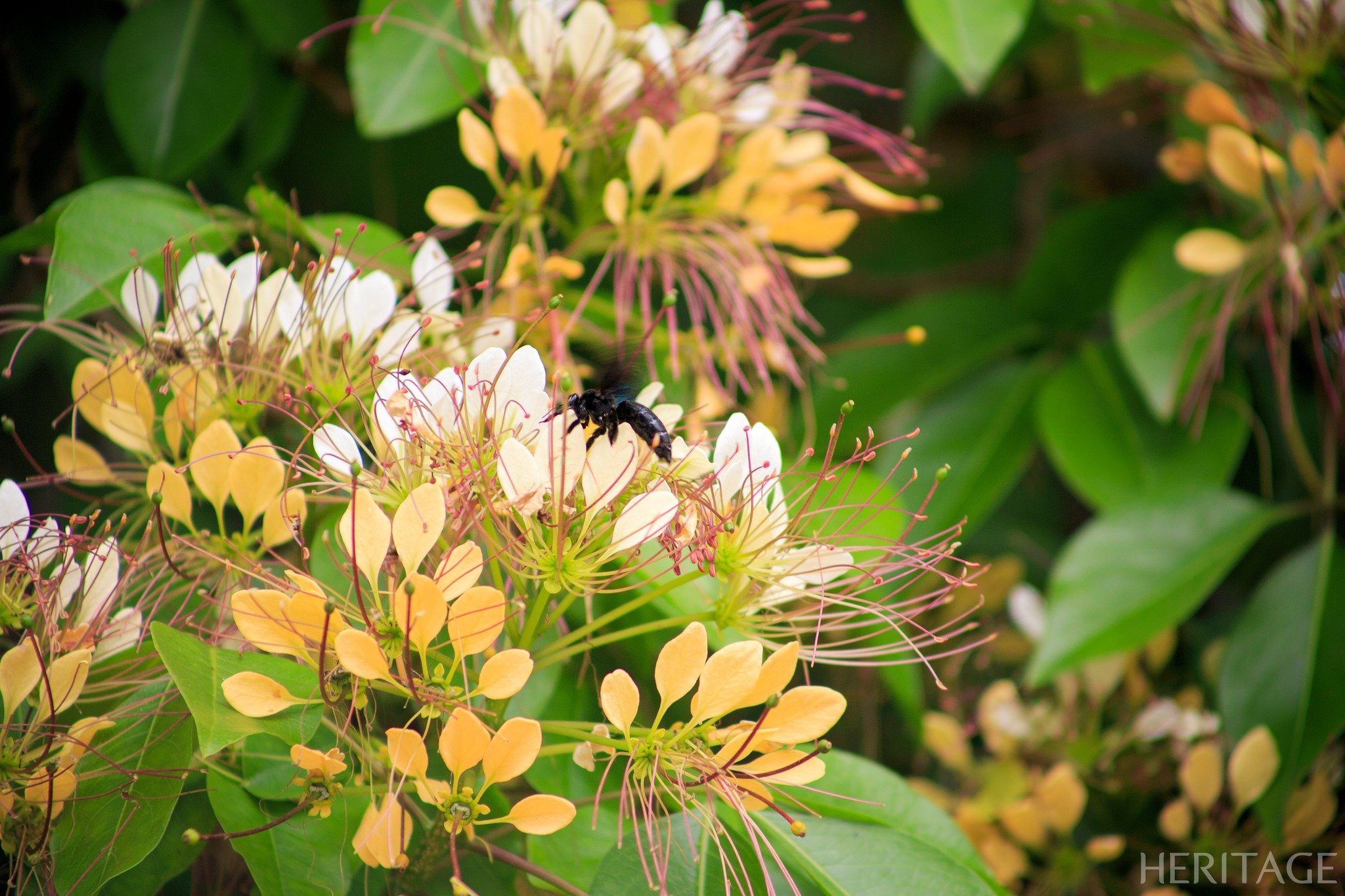
![[Photo] Prime Minister Pham Minh Chinh receives Deputy Prime Minister of the Republic of Belarus Anatoly Sivak](https://vstatic.vietnam.vn/vietnam/resource/IMAGE/2025/4/2/79cdb685820a45868602e2fa576977a0)
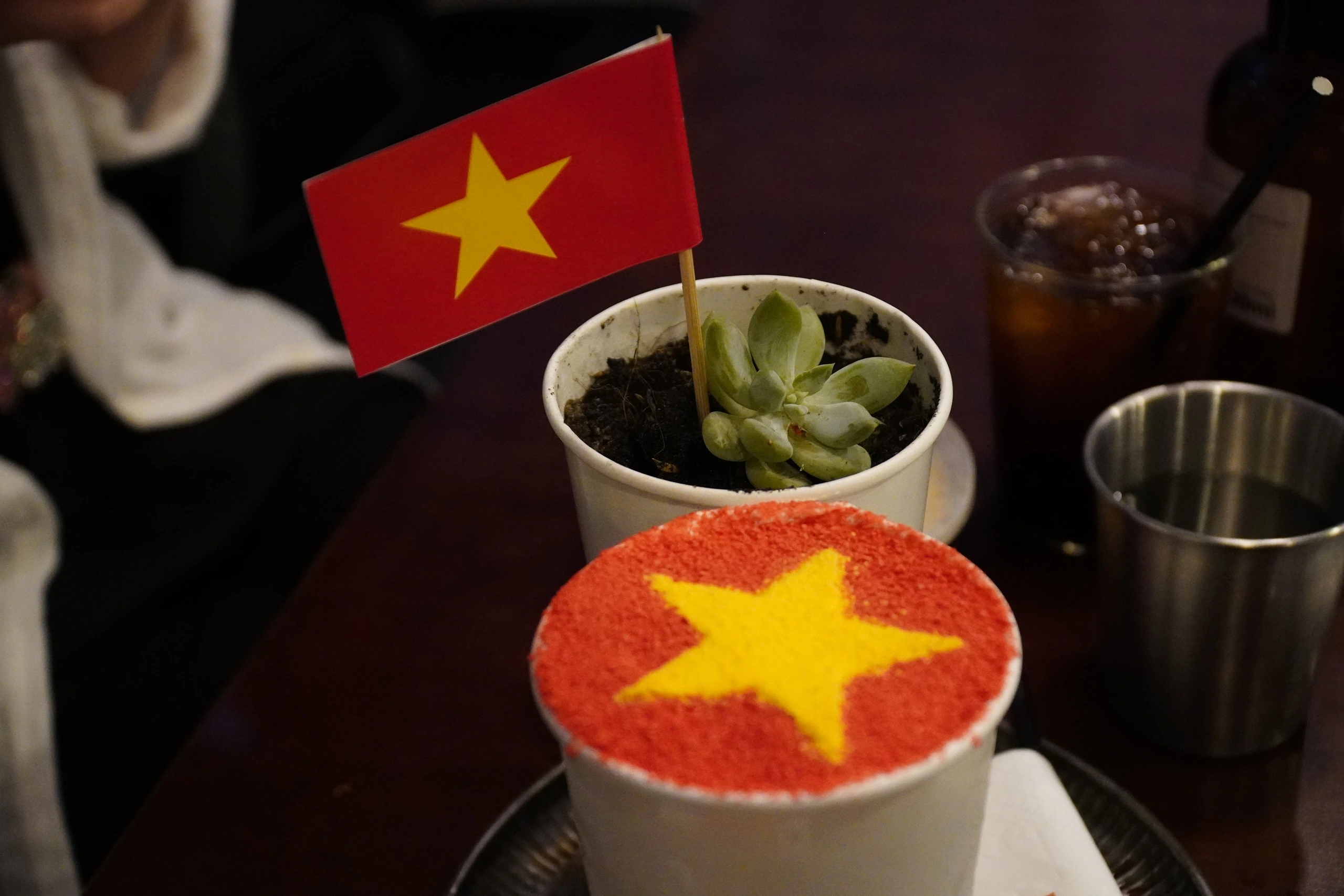
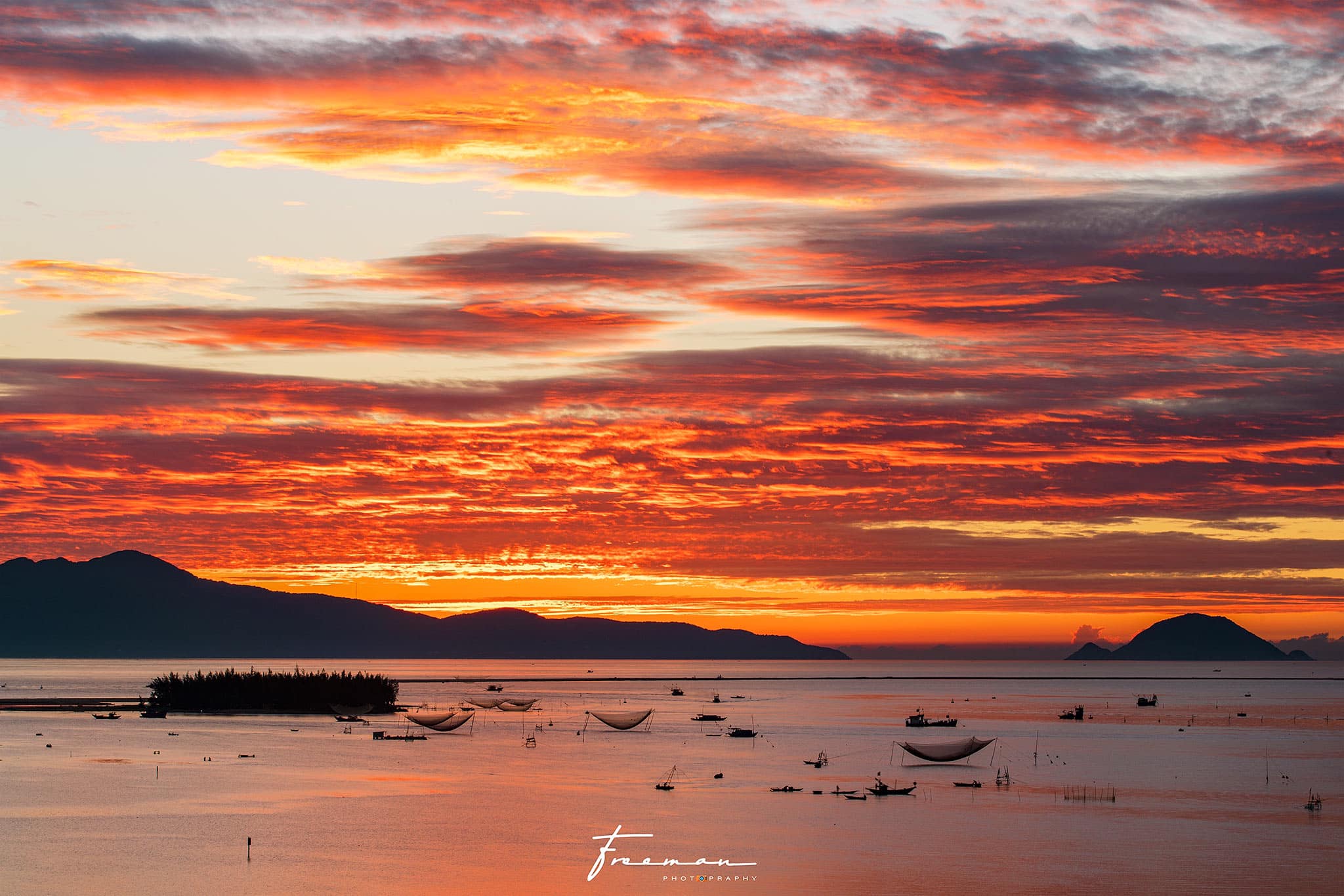
![[Photo] Prime Minister Pham Minh Chinh receives CEO of Standard Chartered Group](https://vstatic.vietnam.vn/vietnam/resource/IMAGE/2025/4/2/125507ba412d4ebfb091fa7ddb936b3b)


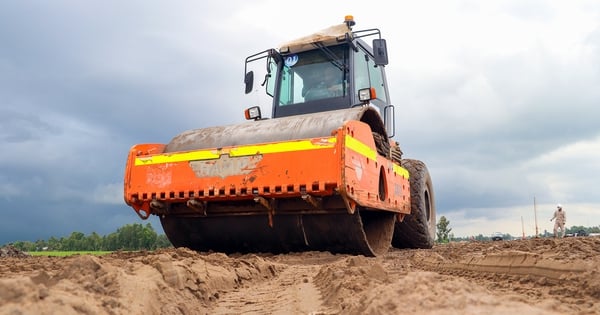

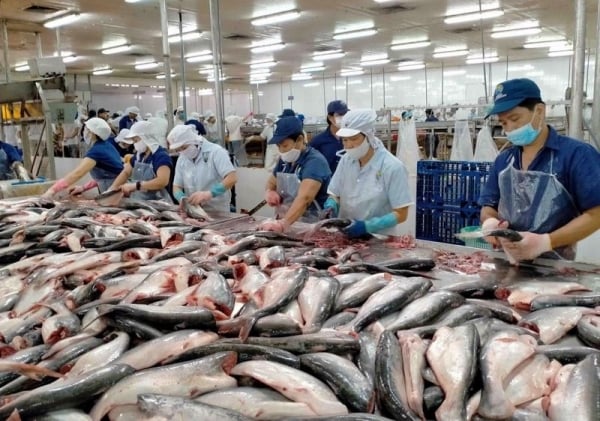





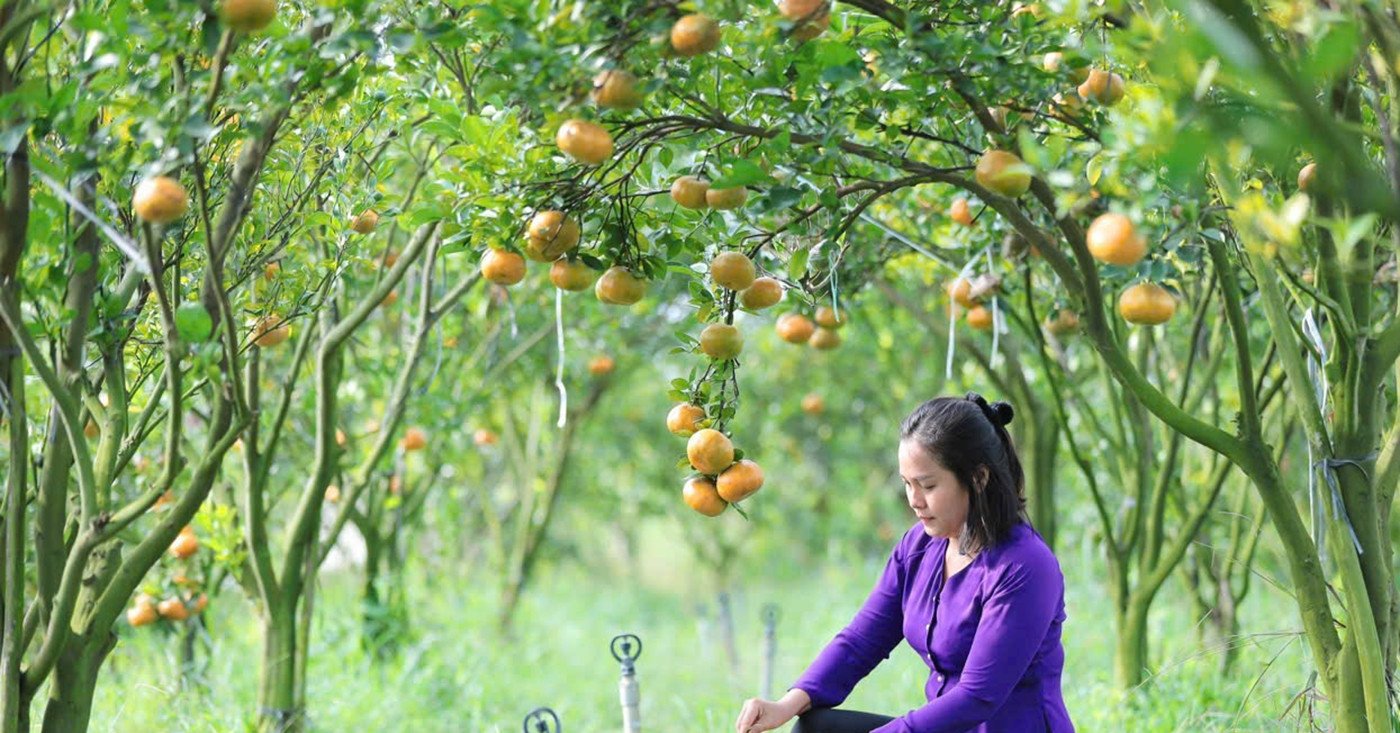
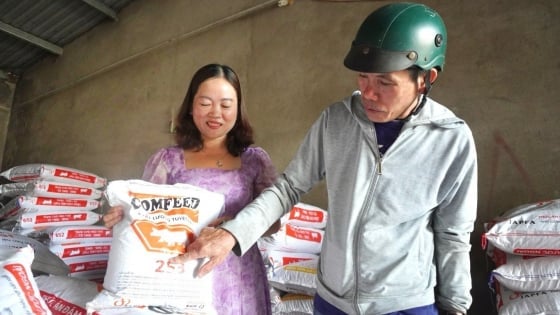
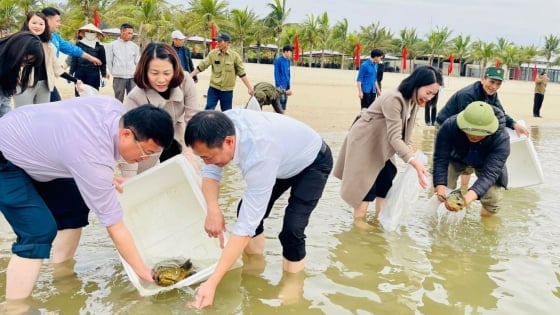
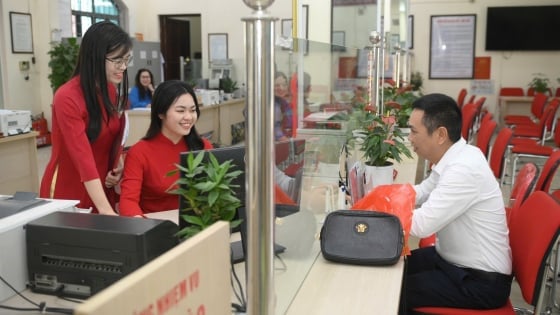

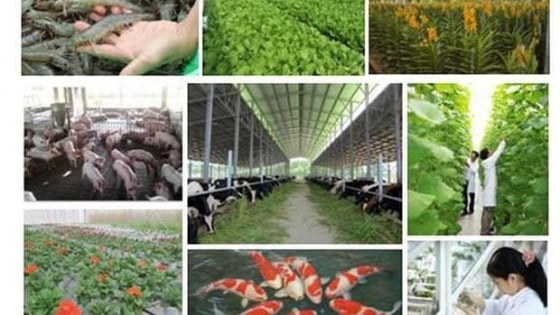
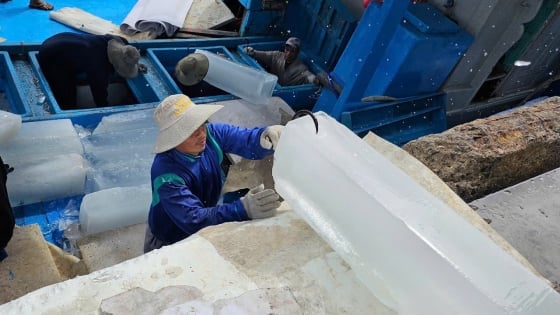





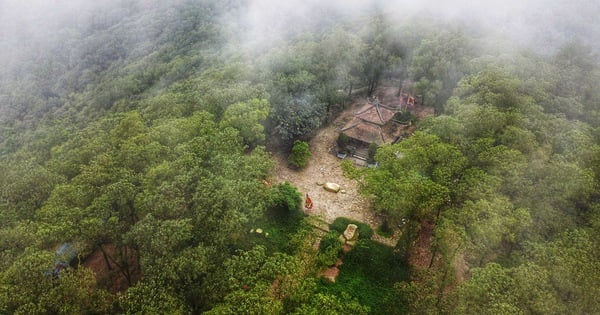
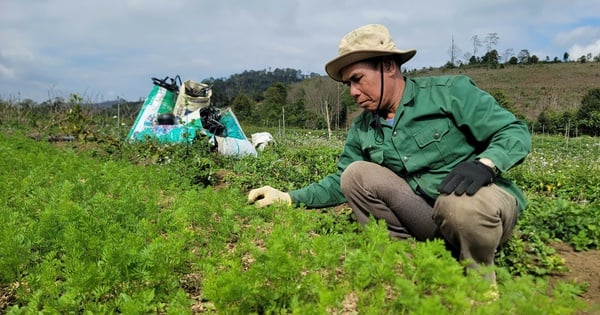
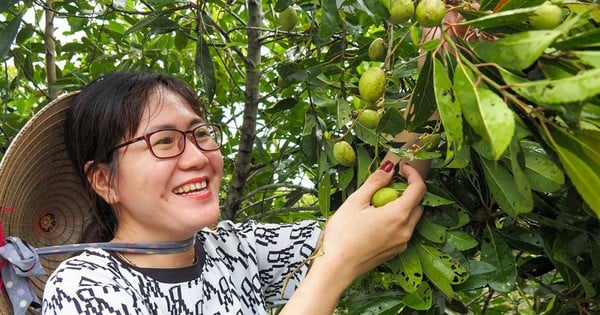
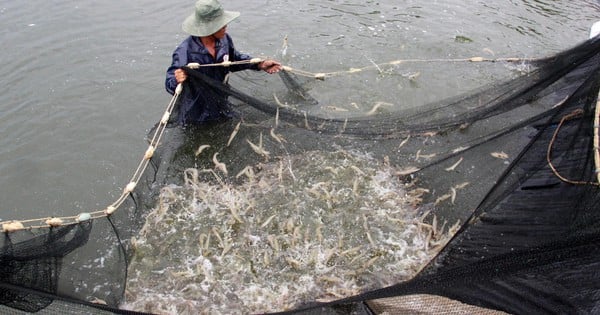
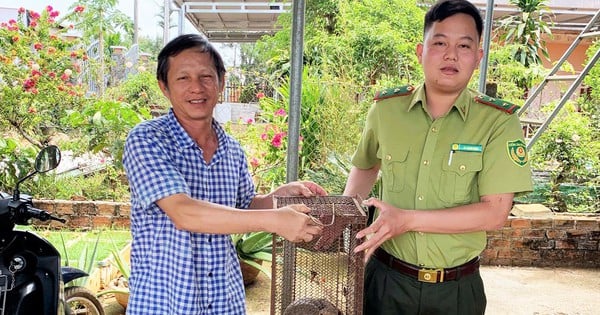
































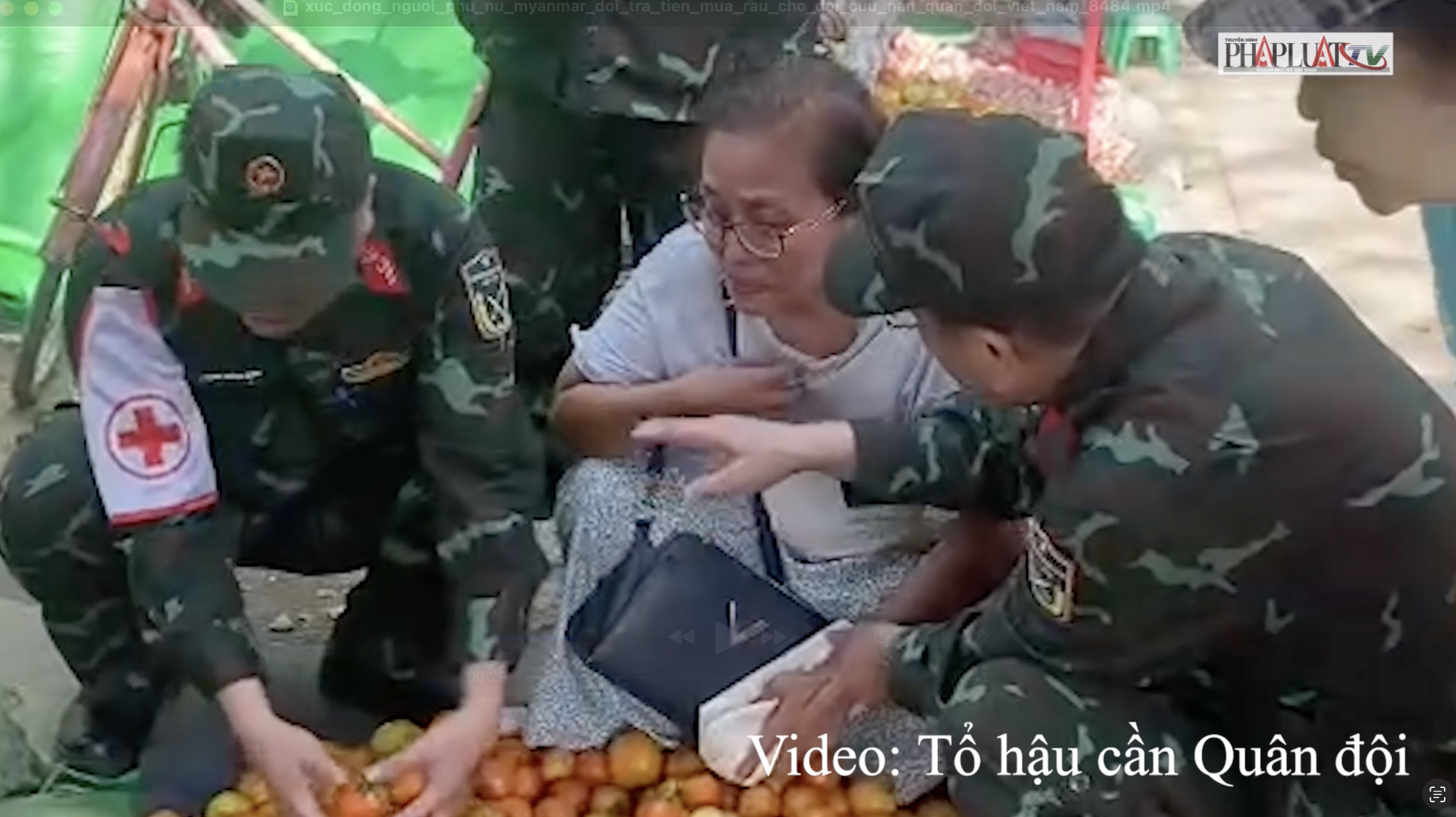






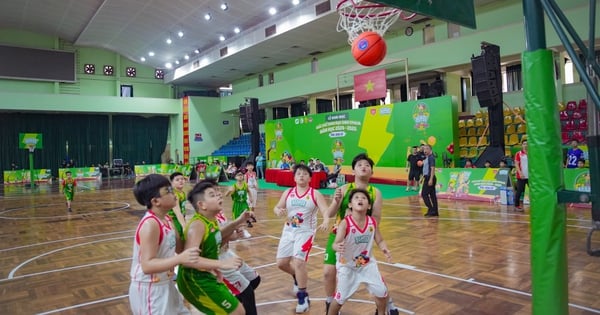
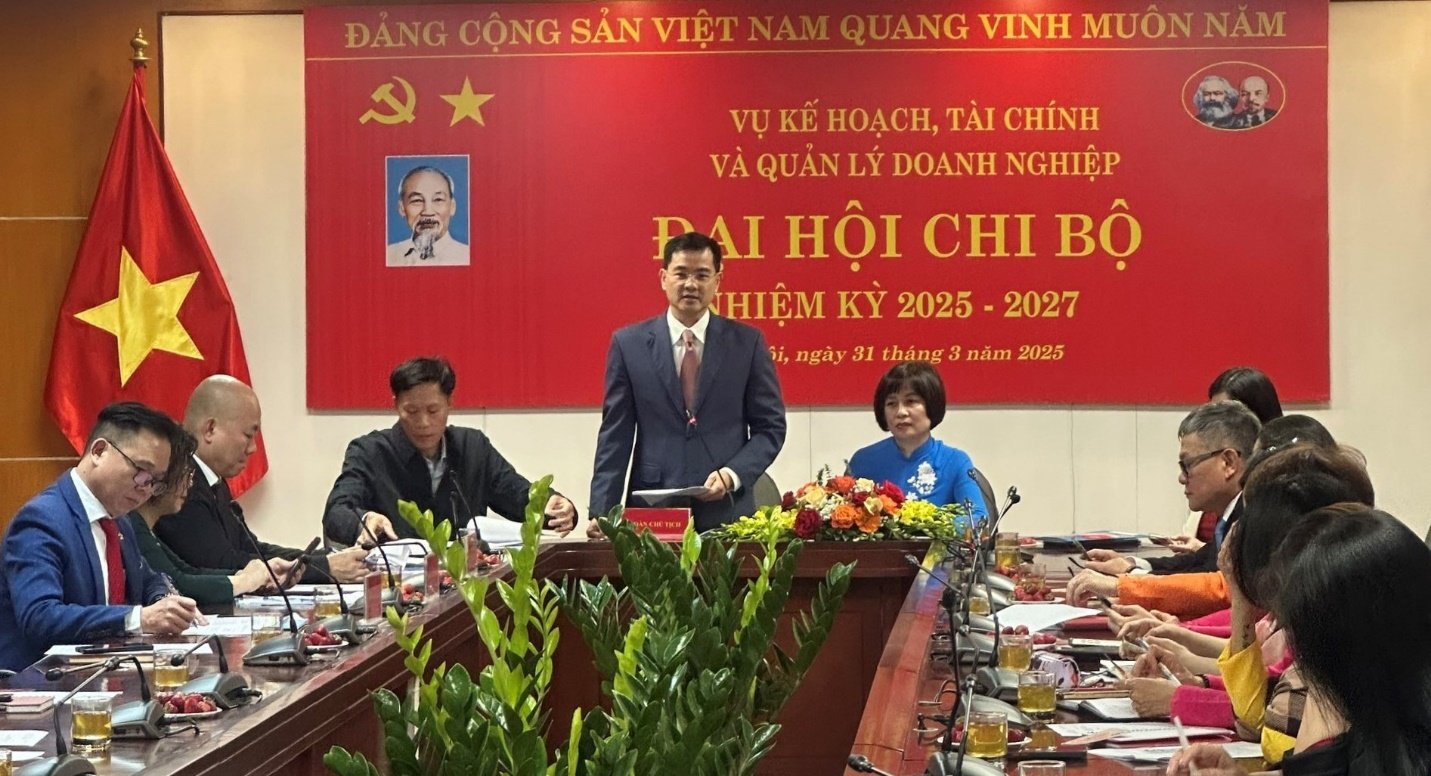

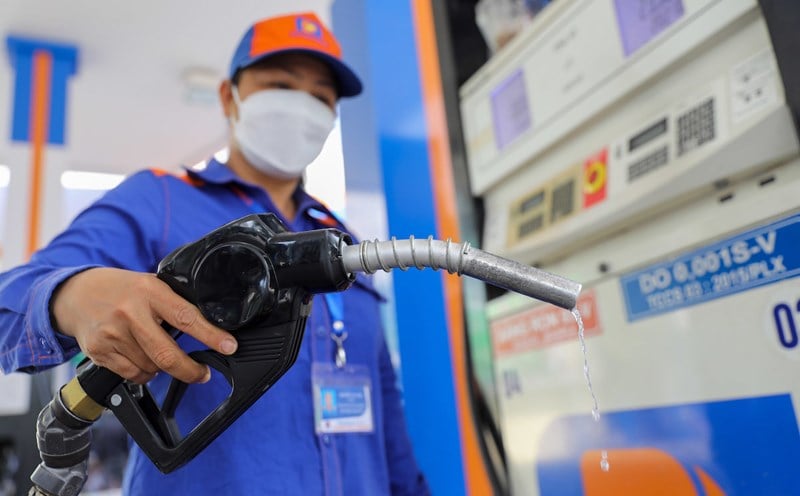

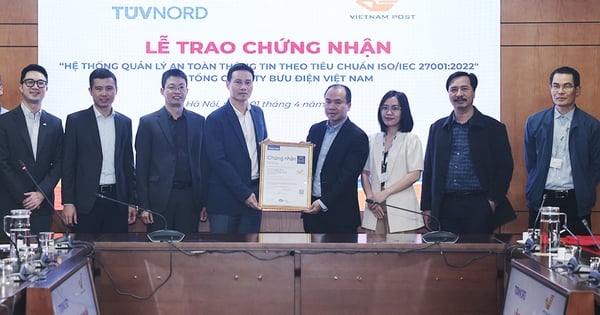

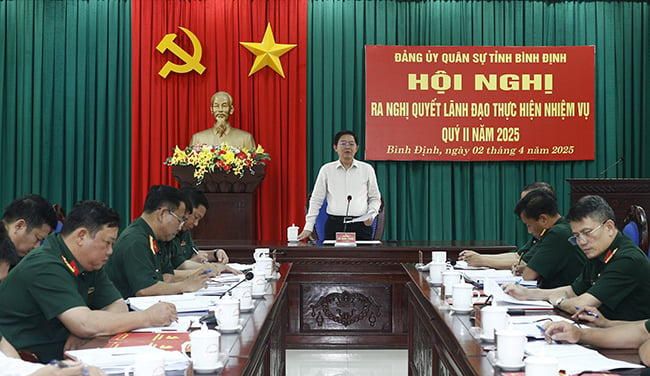



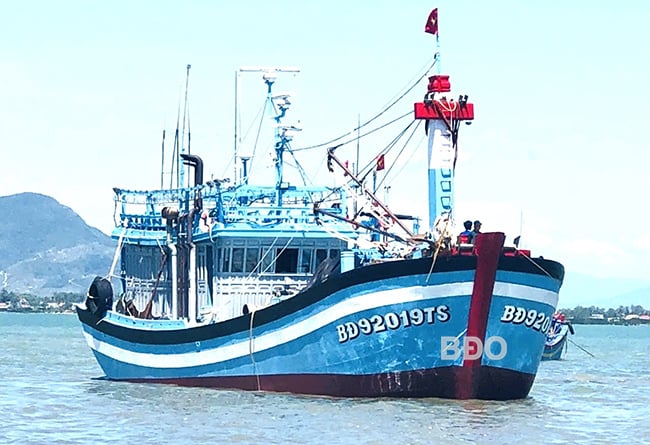


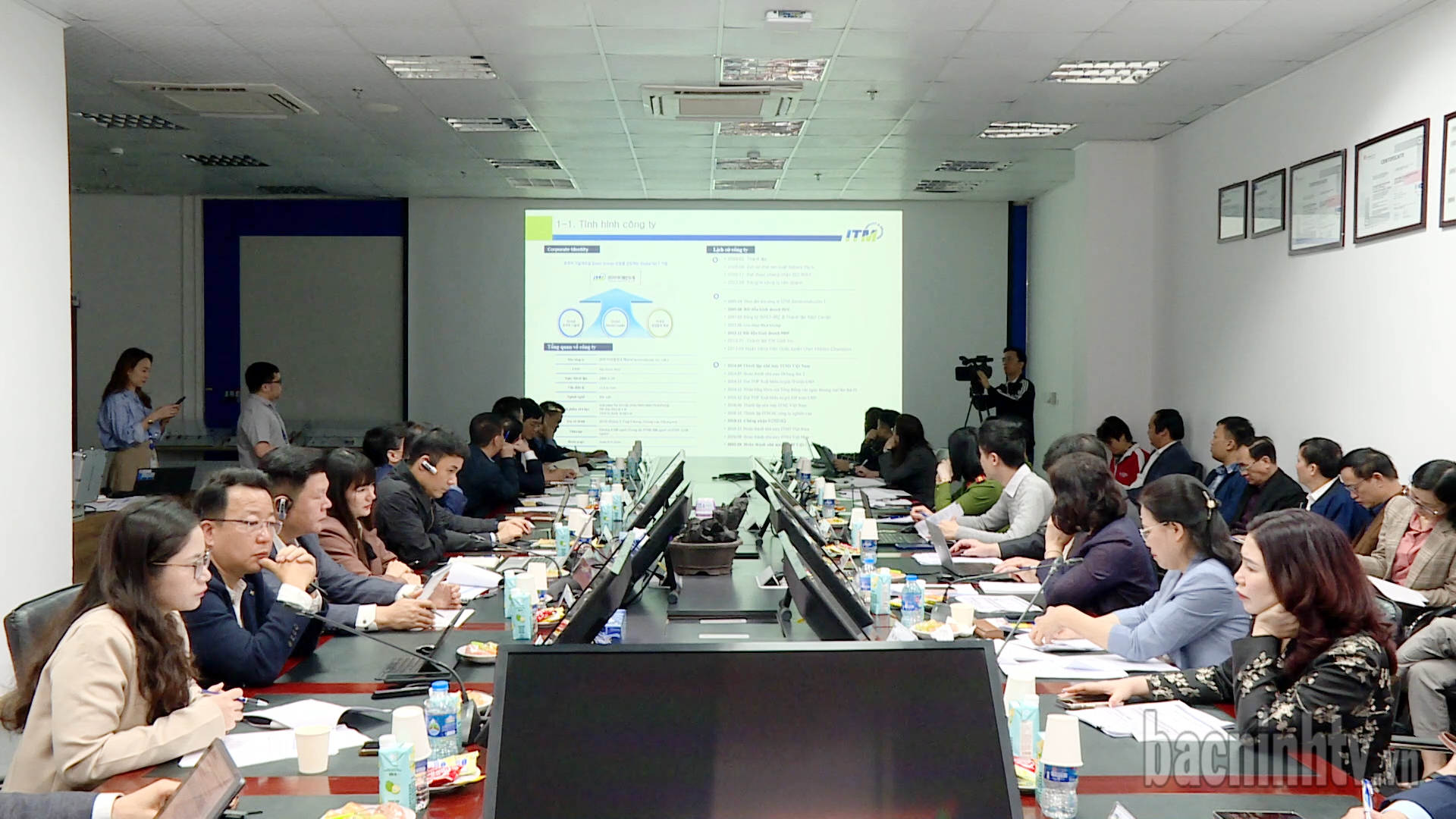











Comment (0)